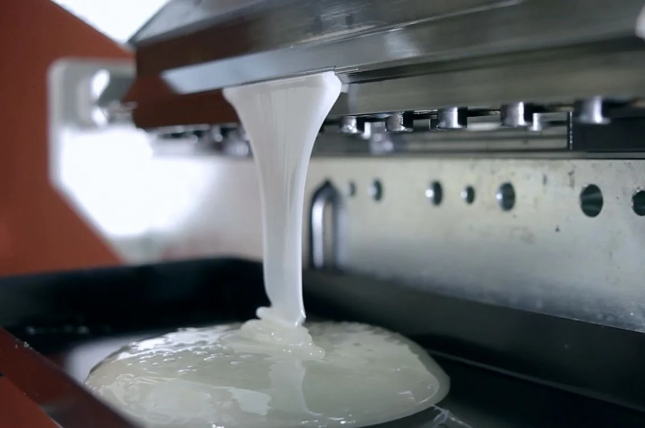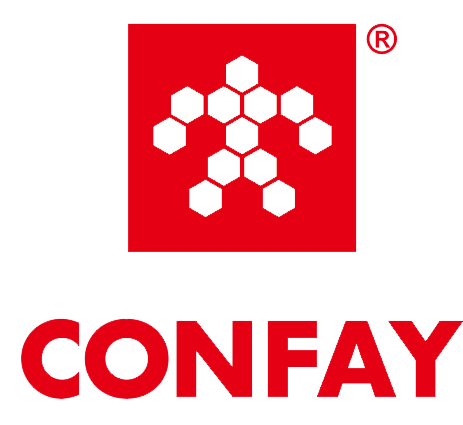The Application of PUR Hot Melt Glue for Flat Lamination
In the world of manufacturing and woodworking, the search for efficient and durable bonding solutions is ever-present. One of the most effective adhesives in this realm is PUR hot melt glue (Polyurethane Reactive hot melt). This article delves into the application of PUR hot melt glue for flat lamination, highlighting its benefits, processes, and considerations.
What is PUR Hot Melt?
PUR hot melt is a type of adhesive that combines the advantages of traditional hot melt adhesives with the performance characteristics of reactive polyurethane. Unlike conventional hot melts, which harden upon cooling, PUR hot melts undergo a curing process that enhances their adhesive properties. This makes them particularly suitable for applications requiring superior bond strength and resistance to environmental factors.
Benefits of Using PUR Hot Melt for Flat Lamination
Exceptional Bond Strength
PUR hot melt adhesives provide strong and durable bonds, making them ideal for flat lamination applications. They can effectively bond a variety of substrates, including wood, MDF, particleboard, and plastics.
1.Moisture Resistance
One of the standout features of PUR hot melt is its resistance to moisture and temperature fluctuations. This characteristic makes it suitable for products exposed to varying environmental conditions, ensuring longevity and durability.
2.Fast Curing Time
The curing process of PUR hot melt is relatively quick, allowing for faster production times. This efficiency is crucial in high-volume manufacturing settings where time is of the essence.
3.Versatility
PUR hot melt can be used in a variety of applications beyond flat lamination, including edge banding, assembly, and packaging. Its versatility makes it a valuable tool for manufacturers.
4.Eco-Friendly Options
Many PUR hot melts are formulated to be low in volatile organic compounds (VOCs), making them a more environmentally friendly choice compared to traditional adhesives.
The Process of Flat Lamination with PUR Hot Melt
5.Preparation
Ensure that the surfaces to be laminated are clean, dry, and free from contaminants. This step is crucial for achieving optimal adhesion.
Application
Apply the PUR hot melt adhesive using a suitable dispensing system. This can include spray, roll, or nozzle application methods, depending on the specific needs of the project.
1.Pressing
Once the adhesive is applied, the substrates should be pressed together. This can be done using a laminating press or manual pressure, depending on the scale of production.
2.Curing
Allow the bond to cure. The moisture in the air activates the curing process, typically resulting in a strong bond within a short period.
3.Finishing
After curing, any excess adhesive can be trimmed away, and the laminated product can undergo further finishing processes as required.

Considerations When Using PUR Hot Melt Glue
Equipment Compatibility: Ensure that your application equipment is compatible with PUR hot melt adhesives, as they may require specific dispensing systems.
Storage Conditions: PUR hot melt adhesives should be stored in a cool, dry place to maintain their effectiveness.
Health and Safety: While PUR hot melts are generally safe, proper handling and safety precautions should be observed, including the use of personal protective equipment (PPE).
Conclusion
The application of PUR hot melt for flat lamination offers significant advantages in terms of bond strength, moisture resistance, and overall efficiency. As manufacturers continue to seek innovative solutions for their bonding needs, PUR hot melt stands out as a reliable choice that meets the demands of modern production environments. Whether you're in woodworking, furniture manufacturing, or packaging, consider integrating PUR hot melt into your processes for enhanced performance and durability.
By understanding and leveraging the benefits of PUR hot melt glue, you can elevate your production quality and efficiency, ultimately leading to greater customer satisfaction and business success.

